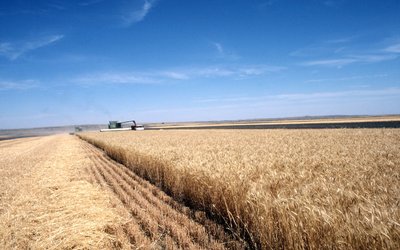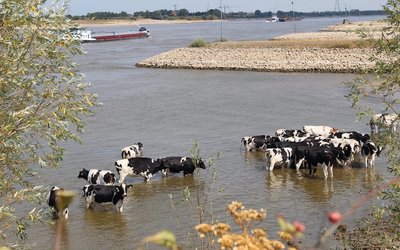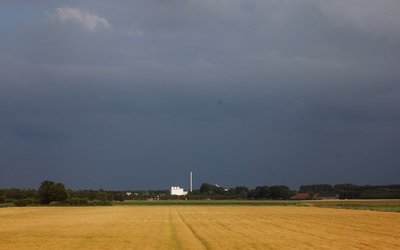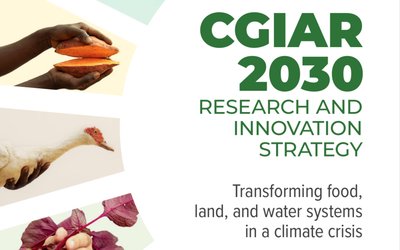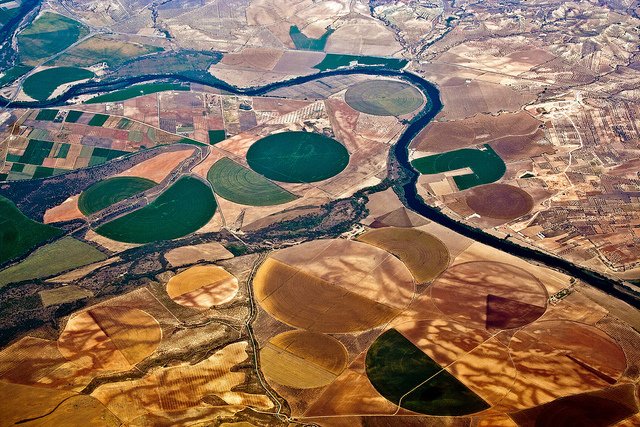
The semiarid Guadiana Basin in the southwestern central plateau of Spain (mostly within the Extremadura region) is expected to be one of the basins most negatively affected by climate change in Spain. Future climate projections suggest a decrease in precipitation, an increase in evaporation and more frequent and intense droughts. As a consequence, the annual Guadiana river inflow may be severely reduced, which could have dramatic implications for the sustainability of water resources and for irrigated agriculture. Climate change is expected to affect the extension and productivity of irrigated agriculture and will likely make agricultural systems even more dependent on irrigation.
Climate change adaptation options for irrigation farming have been analyzed. Among the various adaptation measures considered, various stakeholders (policy-makers, farmers, environmental organizations and academics) prefer those related to private farming (new crop varieties and modern irrigation technologies), whereas public-funded hard measures (increasing reservoir storage capacity) are lowest and public soft measures (insurance) are ranked middle.
Adaptation may help to mitigate income losses to farmers. However, studies on private economic effects seem to underestimate total potential economic losses and socio-ecological disruption due to severe climate change.
Source: Varela-Ortega et al., 2016. Regional Environmental Change 16: 59–70.
Photo: Umberto Salvagnin (www.flickr.com)

